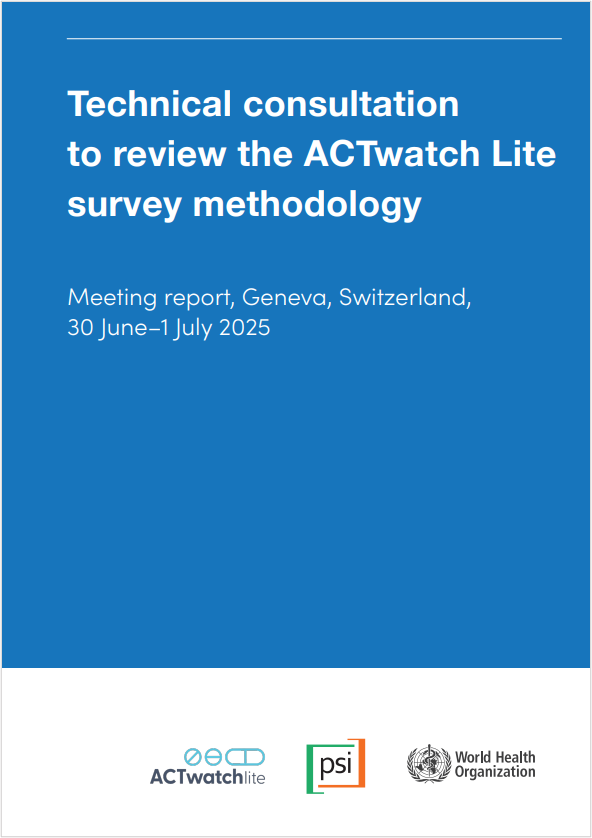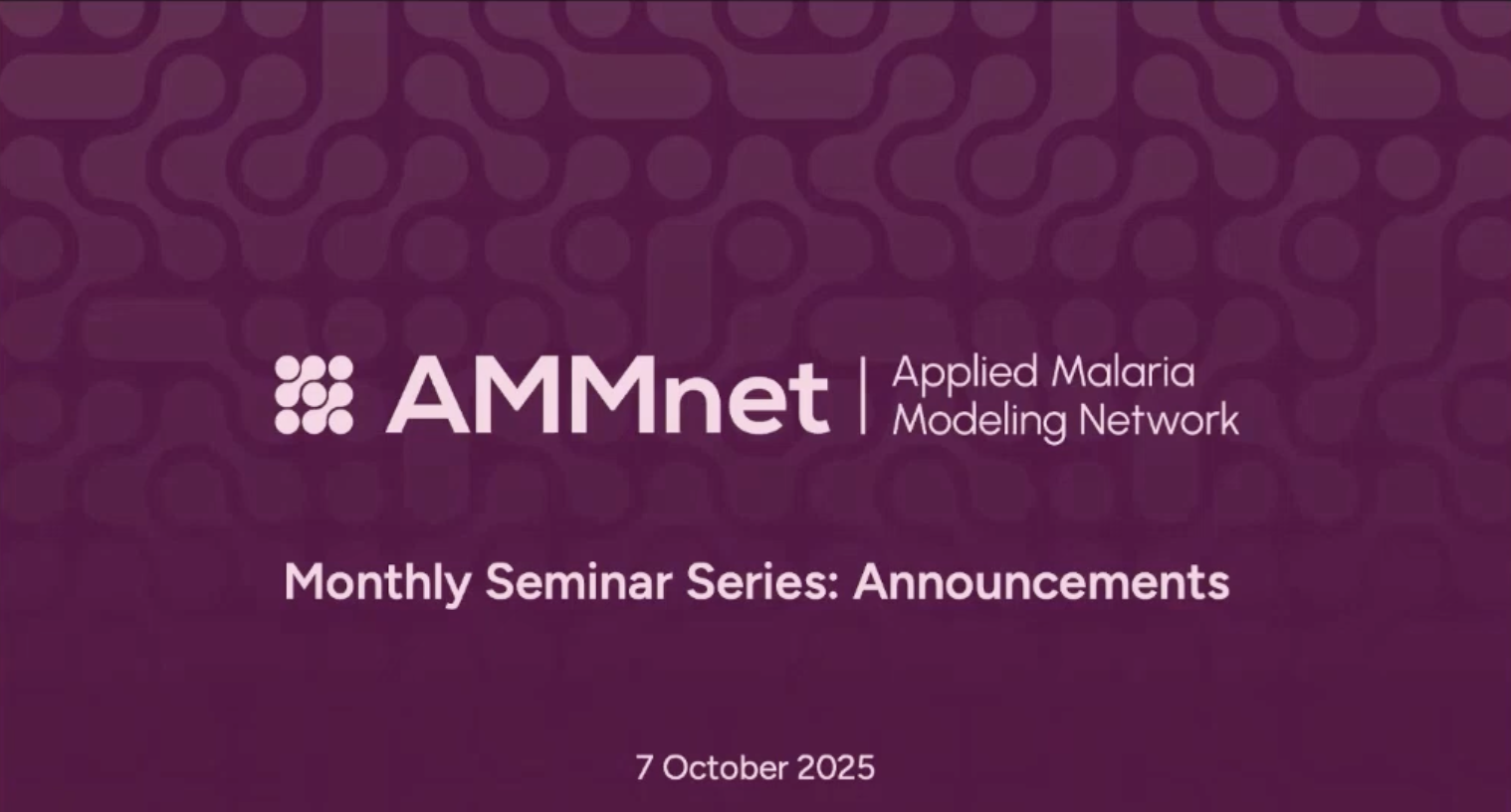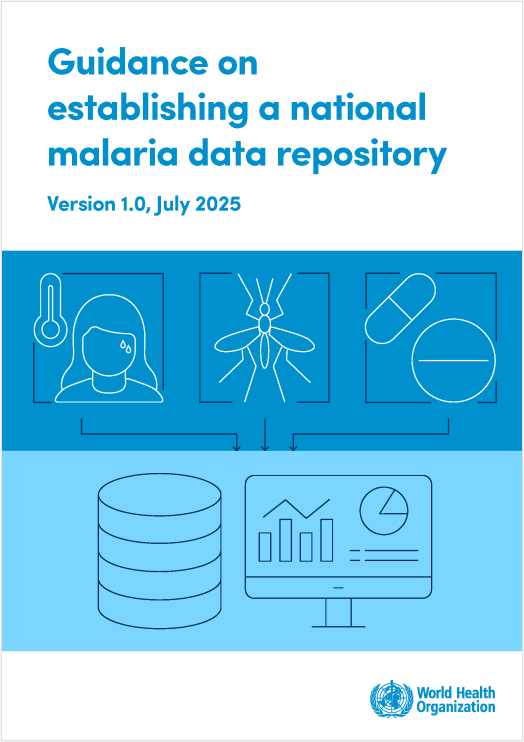Last Updated: 05/02/2025
Rational design of an immunogen for protection against Plasmodium vivax malaria
Objectives
To generate and identify antibodies that target P. vivax sporozoites and inhibit infection and determine the three-dimensional structure of P. vivax CSP (individual domains, full-length and representative peptides of immunogenic sites) bound with antigen-binding domains of antibodies.
University of Alabama at Birmingham (UAB), United States
Geneva Foundation, United States
In humans, two species of Plasmodium, P. falciparum and P. vivax, are responsible for the more than 200 million annual cases of malaria around the globe. While P. falciparum is the predominant species in Africa, outside of Africa P. vivax is the species responsible for up to 80% of malaria in several regions. Nearly half the world population is at risk of P. vivax malaria – including in regions where P. falciparum cannot transmit. While clinical malaria caused by P. falciparum in Africa is most often seen in young children under the age of 5, clinical malaria caused by P. vivax is seen in all age groups, resulting in severe economic burden. The lifecycle of the malaria parasite is complicated, requiring not only humans and mosquitoes to complete, but within both there are multiple stages of the parasite. Within the human host, once the mosquito injects the sporozoites, they reach the liver where they develop for 7-10 days, and once this development cycle is complete, they leave the liver to continue the next phase of the cycle in the blood. One of the major differences between P. falciparum and P. vivax is after the mosquito transfers the parasites to humans, some become dormant, i.e., stop active growth, and remain in the liver for several days, weeks, and months. These dormant parasites, called hypnozoites, then wake up at intervals after the initial infection, sometimes as late as months, and often multiple times to cause clinical malaria. There is only one family of drugs that can be used to kill these dormant parasites. However, this drug cannot be given to a large group of individuals because of serious side effects and inadequate efficacy. P. vivax is also the leading cause of malaria experienced by U.S. troops due to the prevalence of this parasite in both temperate and tropical climates. Currently, insecticidal nets and clothing and anti-malarial drugs are used as protective measures. To be effective, these methods must be self-administered and used consistently; these goals are often unattainable in field or combat situations. Moreover, the emergence of drug-resistant parasites and insecticide-resistant mosquitoes are putting current tools at risk of failure. Therefore, an effective vaccine or long-lasting antibody against vivax malaria is a high priority for the U.S. military, and globally would benefit billions of people living in or traveling to endemic areas. Thus, it would have a tremendous impact on global health. While P. vivax is important for both the U.S. military, civilians and for the global population, the research on P. vivax lags far behind P. falciparum. This is due to several reasons, the main being that the parasite cannot be cultured in vitro thus hindering progress in developing effective tools; underestimation of the severity of vivax malaria, and consequent lack of funding. In reality, although P. falciparum causes the majority of fatality, P. vivax infection leads to incapacitating and relapsing disease, and the disease burden is comparable for both parasites. Due to the formation of hypnozoites, a single initial infection can result in 3-4 clinical infections, and relapsing P. vivax malaria is believed to be responsible for 80% of clinical infections. The impact of vivax malaria on human health and the potential danger to U.S. military personnel, underscore the need for a safe vaccine to protect against vivax malaria.
The proposal sets to design and develop an effective immunogen (the active component of a vaccine) for active and passive immunization against P. vivax malaria. A rational strategy for prevention of malaria is to arrest the parasite before it can establish infection. Thus, sporozoite stage parasites that are injected into humans by infected mosquitoes are an attractive target because sporozoites must invade human liver cells and undergo further development before they are released and able to infect the red blood cells. While the parasite is developing in the liver, there are no disease symptoms, which are only manifested once the parasite is released into the blood. Therefore, choosing an immunogen that stimulates the immune system to produce antibodies that block sporozoites from invading liver cells would prevent establishment of infections. Accordingly, the circumsporozoite protein or CSP, which uniformly covers the surface of the sporozoites and generates a strong immune response, is an excellent candidate for inducing potential inhibitory antibodies. CSP is required for parasite development and binding to host cells. Therefore, antibodies targeting CSP can prevent establishment of infection. The most advanced vaccine candidate for falciparum malaria, RTS,S, is based on the CSP of P. falciparum. In addition, several monoclonal antibodies isolated from multiple human studies have been shown to be protective in surrogate animal models, and recently in humans. Cumulative data in the field suggest that an immunogen based on P. vivax CSP may be able to protect against P. vivax malaria. Choosing an antigen for the vaccine development has been an empirical process. However, with advancement is science, recent experiences on making vaccines against many infectious agents showed that the knowledge of the three-dimensional structure of immunogens, specifically the sites where the antibodies interact with a foreign agent, enhances the ability to generate efficacious candidates by using a rational approach. The binding site for an important antibody may be buried in the folded conformation of an immunogen molecule. The rational design strategy ensures that sites where protective antibodies bind are made accessible on the immunogen structure by protein engineering. The multidisciplinary team will (i) generate and identify antibodies that target P. vivax sporozoites and inhibit infection and (ii) determine the three-dimensional structure of P. vivax CSP (individual domains, full-length and representative peptides of immunogenic sites) bound with antigen-binding domains of antibodies. Structures of these complexes will allow us to define the interactions between CSP and neutralizing antibodies. Therefore, it will enable us to identify areas on CSP that are critical for generating protective immune responses. This information will be used to design candidate immunogens and validate them by immunological assays. The Partnering Principal Investigator (PI), Dr. Yadava at the Malaria Vaccine Branch, Walter Reed Army Institute of Research (WRAIR), is a leading scientist in vivax malaria vaccine development and led the only human efficacy study for a P. vivax vaccine. Dr. Green (Initiating PI) has 27 years of experience in structural biology research and, along with Dr. Yadava has assembled a team of experts in structural biology, immunology, and mosquito biology for these studies. This team has the expertise necessary to perform every task proposed in this study, and necessary access to the resources, reagents, tools, equipment, and facilities that are needed for the proposed work.
Oct 2020 — Sep 2021
$2.74M


